Back from the dead – Let’s Talk Hazies
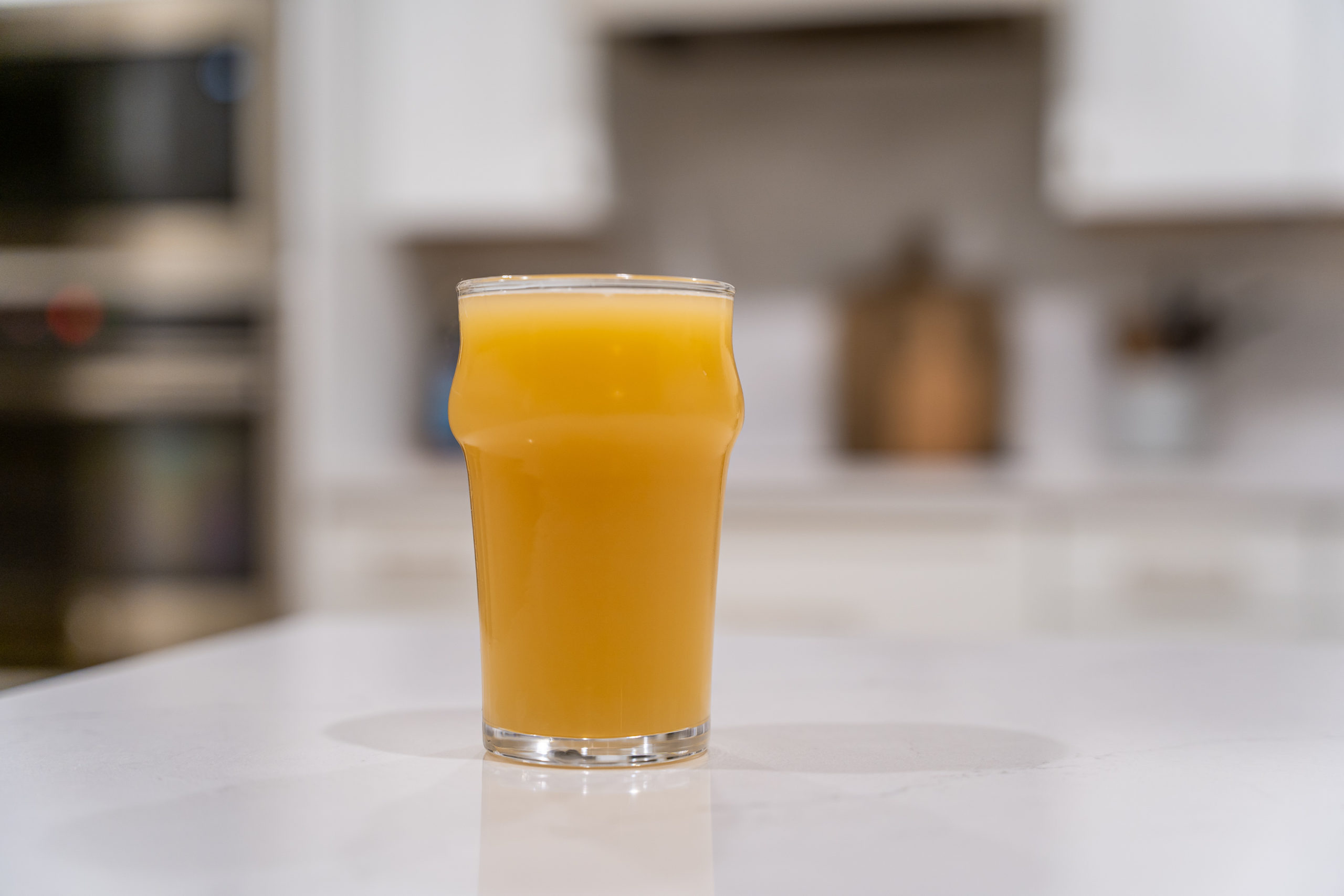
It’s been 5 years since I last posted here which seems like an eternity ago.
Read More
How To Go From Grain To Glass Quicker
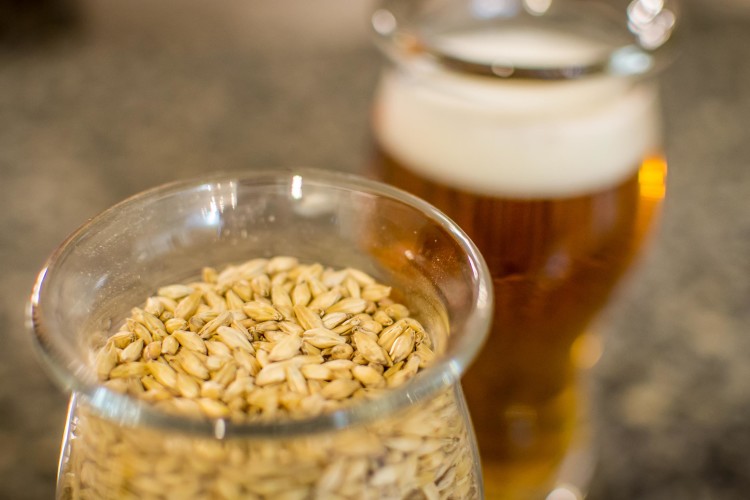
As home brewers, we often stress over every process of beer making, striving to make the best beer possible. But let’s face it, sometimes you need to make a batch fast. Over the years, I’ve lost count of how many times I’ve squeezed a batch of beer in before a holiday, gathering, or party. I’ve gone from grain-to-glass in as little as ten days, and still been proud to put my name on the beer. So let’s talk about some of the techniques and considerations that can help you fill an empty keg, quickly.
Read More
Copper Counterflow Chiller Build
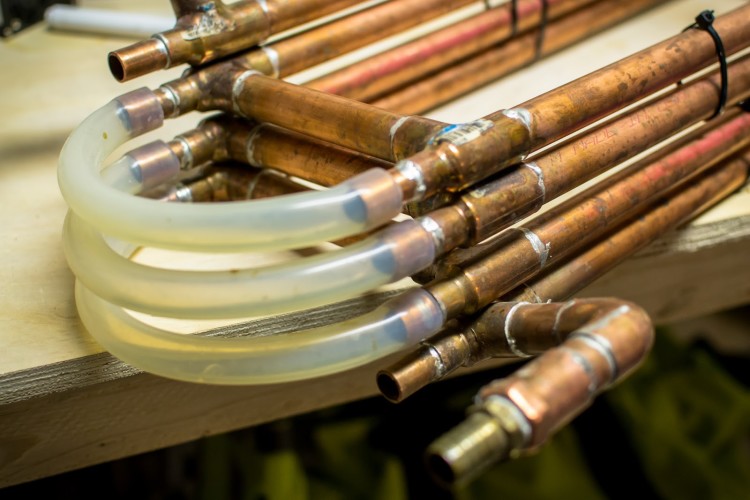
I live in Arizona, so it should come as no surprise that chilling a batch of beer is a giant pain in the ass here. I’m lucky if my tap water gets under 90F in the summer, and I’ve never seen it fall under 70* in the winter. I bleed with envy at all those folks that can simply hook up a hose to their chiller and run 50* water through it. But alas, I live in the desert, and chilling wort sucks here.
Read More
Barrel Aged Stouts and Charred Oak
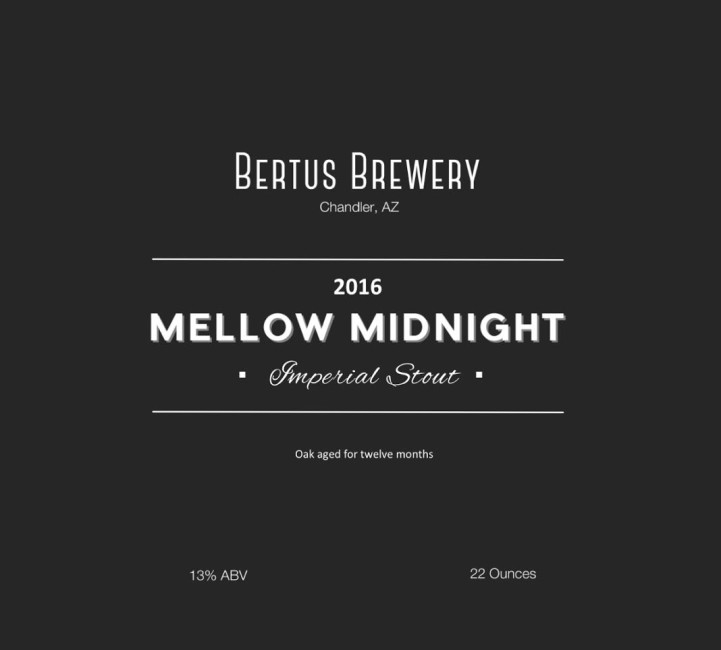
Let’s talk about an interesting topic: Barrel-aged beers. I started thinking hard about these after I just paid $9.99 for a 16oz bottle of Bourbon County Stout this Black Friday. It got me thinking: I’m a competent homebrewer, I’ll just crank out a batch and age it myself. Experience making high gravity beers: Check. Tasty RIS recipe: Check. Barrel-aging: Um, not so much. And there lies the sticky point: Barrel aging. It’s something home brewers struggle to replicate short of getting together with a club, buying a barrel, and brewing 55-60 gal to fill said barrel. I personally have little to no experience with it. I’ve oaked a few beers before, but none had anything close to what I would call “barrel-aged” flavor.
Read More
Getting back on the horse
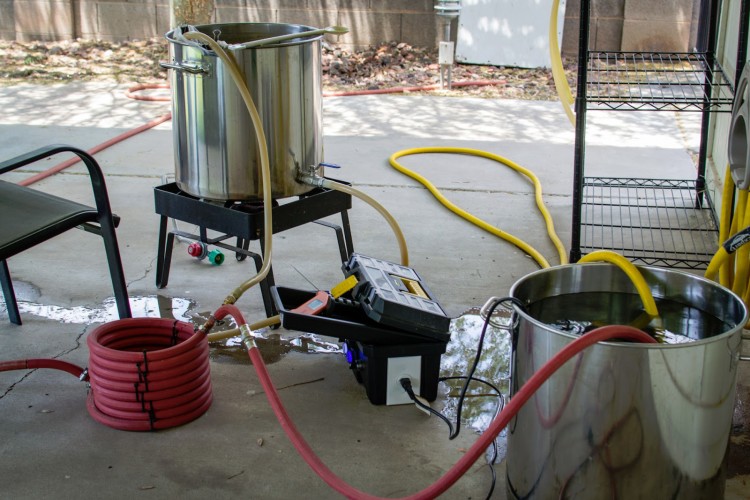
I’m back after a short brewing hiatus. After getting 4 batches ready in 2 weeks for an event at my gym, and my birthday party, I was ready to take a few weeks off from brewing. Although, between planning our wedding, looking for a new job, and starting a new job, a few weeks turned into a couple months.
Read More
How to monitor your fermentation temps in real-time
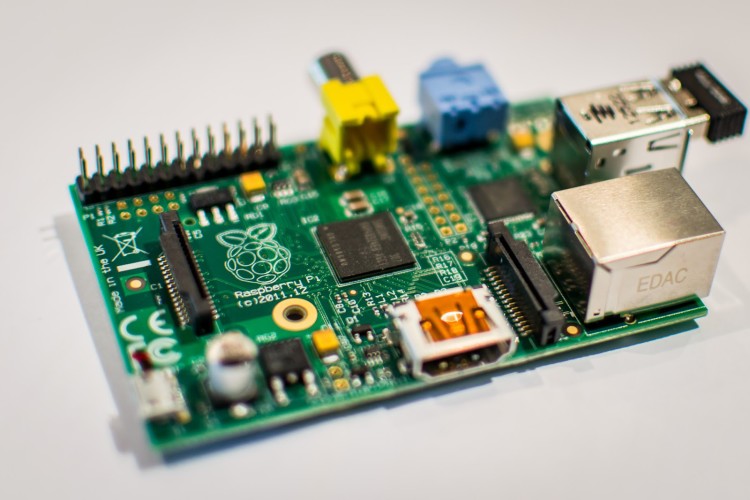
I’m not sure if too many people noticed, but there’s a new tab on the top of my blog called Temp Monitor. Using a Raspberry Pi, I’m able to monitor my fermentation temperatures in real-time from anywhere, and I’m pretty flipping giddy about it. The values on the page auto-update every 15 seconds, and the graphs will update with every page-refresh. I figured this would be a cool idea for a writeup, so here it is.
Read More
Dry Hopped Bud Light
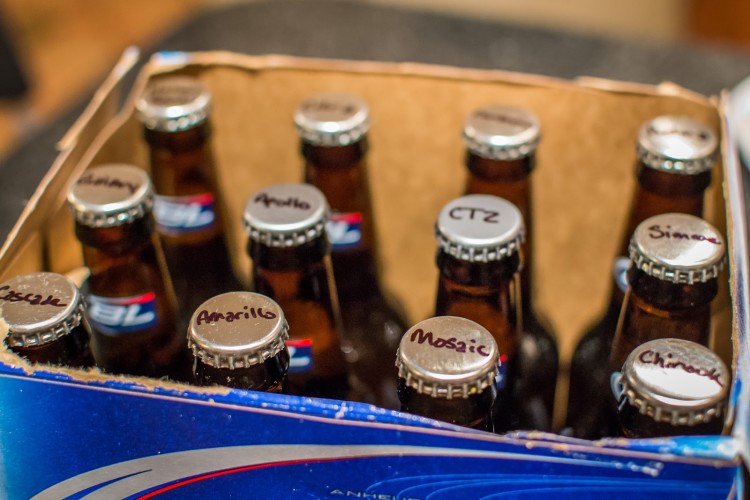
No, your eyes aren’t deceiving you; I’m dry hopping Bud Light today. I borrowed this idea from one of the brewers at Anchor Brewing. He mentioned on a Brewing Network interview that this is his favorite way to see the differences between different hop varieties. They just buy a 12er of Bud Light, pop the caps, drop in a few pellets, and then taste the differences. It sounded like a great idea to me, so here we go!
Read More
Sierra Nevada, Russian River, and Pliny the Younger
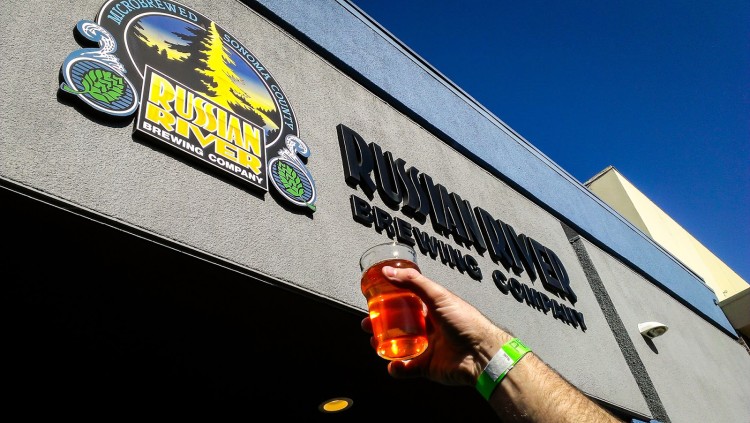
My Fiance and I had been planning a trip up to Northern California to tour Sierra Nevada, Russian River, and any other breweries we had time for (Lagunitas, Bear Republic, etc). It just so happened that US Airways had some disgustingly cheap flights ($80 round trip from PHX) during the second week Younger was to be released. Seemed sort of like destiny.
Read More
Beer, Yeast, and Pizza?

We cook a lot at home, and while I don’t fancy myself a chef by any stretch of the imagination, I do know my way around a kitchen. So lately I’ve been leveraging my ample supply of brewer’s yeast to ferment other things… like pizza dough!
Read More
Cloning Enjoy By IPA and Stone’s House Yeast
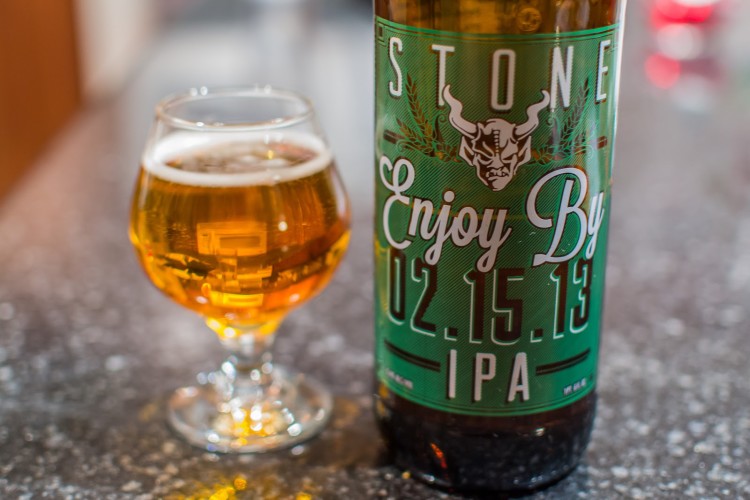
Alright, it’s time to roll up our sleeves and start talking about Stone’s special release IPAs. First of all, for those that haven’t had Enjoy By IPA, do whatever you must to try this; it is incredible. Go, drive, run, to the nearest store and buy a bottle if it’s available in your city. I’m not a BJCP certified judge, but this beer would get 48-49/50 if I were to sit down with a scoresheet. I think my single improvement would be 5-10 more IBUs, but it’s quite literally a perfect DIPA. No seriously, Perfect.
Read More